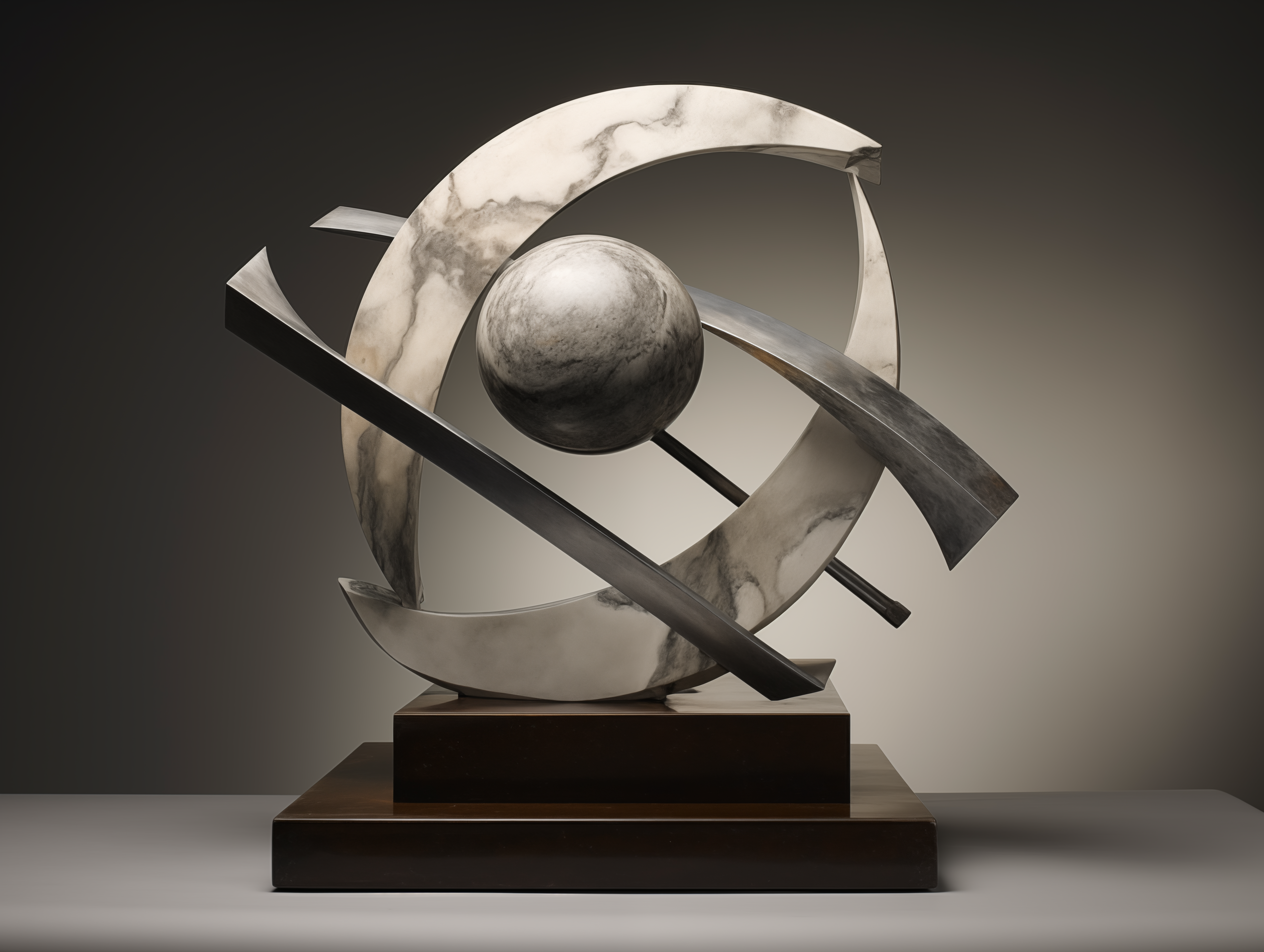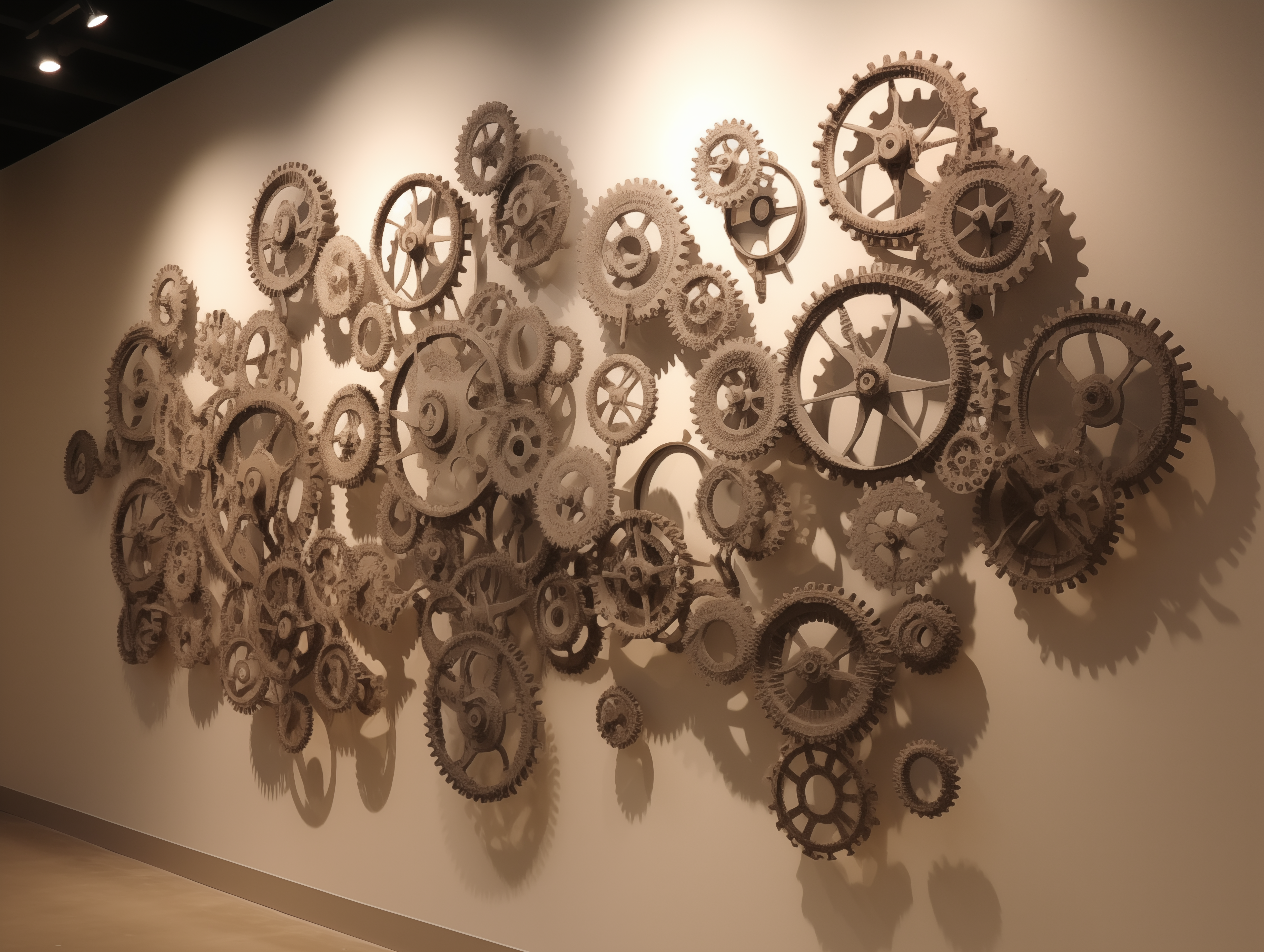Sculpture is one of humanity’s oldest and most powerful art forms, where raw material meets the force of human vision. Over centuries, it’s evolved from the timeless elegance of marble to the commanding strength of steel and bronze. Each medium has shaped not only the art itself but the message it conveys—capturing moments of beauty, rebellion, and innovation. In this blog, we’ll dig into the journey of sculpture, exploring how different materials have been used to push boundaries and redefine artistic expression. From Michelangelo’s mastery of marble to Richard Serra’s monumental steel installations, we’ll uncover the craft and thought behind these enduring works.
Marble: The Foundation of Greatness
Marble has been the cornerstone of sculpture for millennia, chosen for its durability, texture, and ability to hold fine detail. The ancient Greeks were some of its earliest champions, crafting works like the
Venus de Milo, which idealized strength and beauty. Marble wasn’t just a material for them—it was a tool to immortalize their gods, heroes, and ideals.
The Renaissance brought marble to its peak in the hands of
Michelangelo Buonarroti. His
David is more than a statue; it’s a masterclass in precision and vision. Michelangelo saw potential within the raw block of Carrara marble and, through chiseling, sanding, and polishing, revealed a figure that radiates both strength and vulnerability. Marble’s ability to mimic the softness of human skin or the sharpness of muscle is why it remains synonymous with classical excellence.
Bronze: Strength in Motion
Bronze is where sculpture becomes dynamic. Its tensile strength allows for intricate details and daring poses that marble can’t achieve. Ancient civilizations like the Greeks and Chinese perfected the lost-wax casting method, creating statues that have stood the test of time.
In the modern era,
Auguste Rodin transformed bronze into a medium of raw emotion. Works like
The Thinker and
The Gates of Hell use texture and movement to express deep introspection and struggle. Rodin’s technique of first modeling in clay or wax allowed him to refine every nuance before casting, resulting in sculptures that seem alive, pulsing with energy and tension.
Steel: A Modern Revolution
Steel brought a new age to sculpture, one where scale and abstraction took center stage. This industrial material doesn’t bend easily, and that’s exactly why modern sculptors embraced it—it demanded innovation and boldness.
Richard Serra, one of the most celebrated modern sculptors, uses steel to challenge perceptions of balance and space. His massive works, like
The Matter of Time, aren’t just art—they’re physical experiences. Walking through the towering sheets of rusted steel feels both overwhelming and grounding, a reminder of humanity’s place in the industrial world. Steel, with its weight and durability, allows for structures that seem impossible, turning the material itself into a statement.
Mixed Media: The Breaking of Boundaries
Contemporary sculpture doesn’t play by traditional rules. Artists now combine materials—stone, metal, fabric, even found objects—to create works that defy categorization.
Louise Bourgeois, for example, blended steel, marble, and fabric to craft deeply personal and visceral pieces. Her sculpture
Maman, a massive spider, is a mix of strength and fragility, reflecting themes of motherhood and protection.
Anish Kapoor, another master of modern sculpture, uses reflective surfaces and void-like forms to manipulate perception. His polished steel works, like
Cloud Gate in Chicago, create a dialogue between the viewer and the environment, proving that sculpture can be both monumental and intimate.
The Craft Behind the Art
Each material brings its own challenges, demanding skill, precision, and mastery.
- Carving (Marble/Stone): A subtractive process where material is carefully chipped away, revealing form through control and endurance.
- Casting (Bronze): The lost-wax technique ensures precision, allowing artists to capture even the smallest details in molten metal.
- Welding (Steel): The process of fusing metal requires not just strength but a deep understanding of balance and structural integrity.
- Modeling (Clay/Plaster): A hands-on method that allows flexibility and experimentation before committing to a final form.
- Assemblage (Mixed Media): A modern approach where disparate materials are combined to tell a unified story, blending craftsmanship with raw creativity.
Sculpture as a Testament to Human Resolve
Sculpture is more than art—it’s a testament to human determination and creativity. Marble speaks of timelessness and mastery, bronze of energy and life, steel of modernity and endurance. Across centuries and cultures, sculptors have used these materials to challenge what’s possible and to leave their mark on history.
From the serene marble of ancient Greece to the commanding presence of modern steel installations, sculpture is as much about the material as it is about the hands that shape it. It’s raw, it’s refined, and it will continue to evolve alongside humanity.
Which sculptural masterpiece has left a mark on you? Let’s keep the conversation going and honor the craft that has shaped our shared history.




